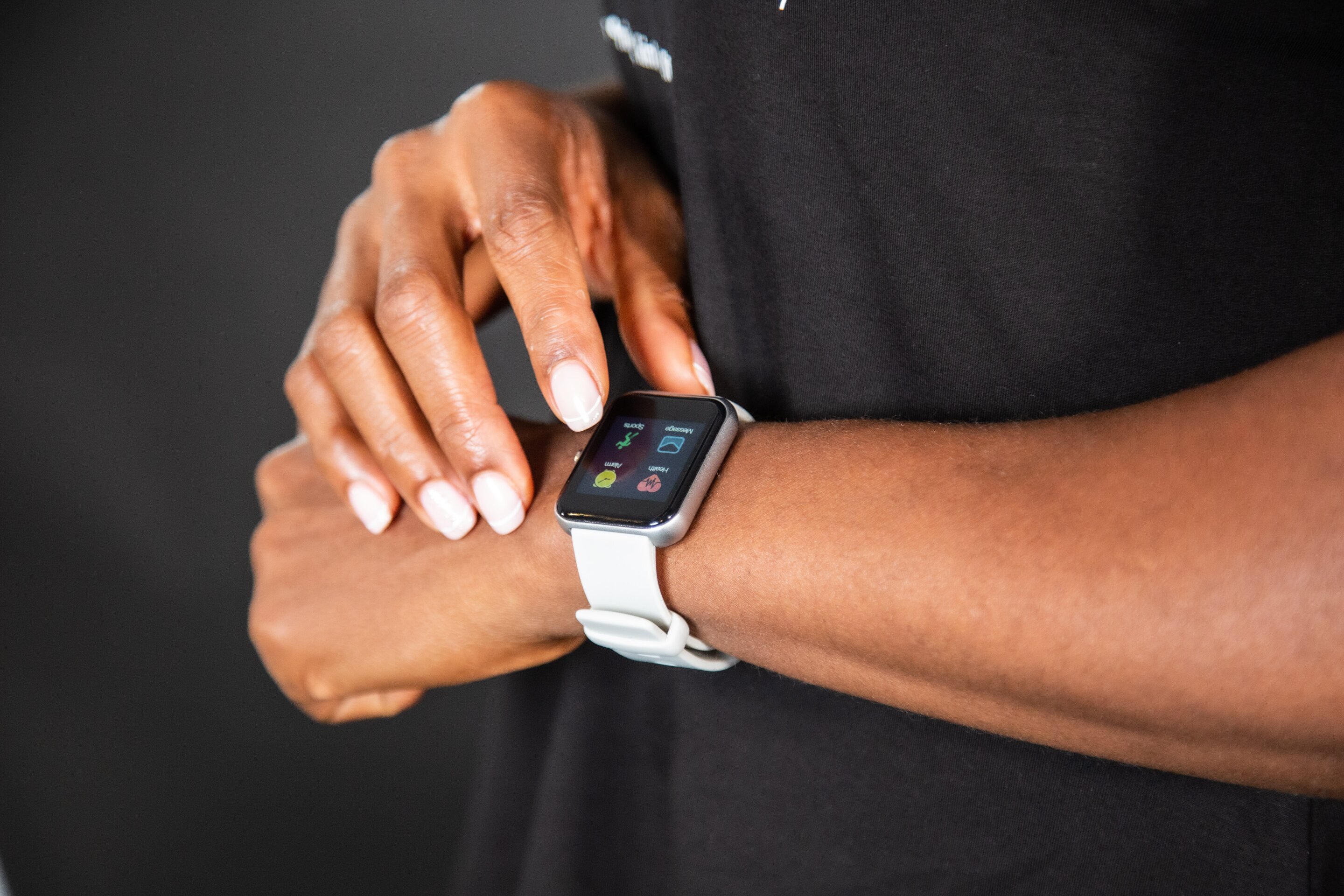Investigating switching behavior among users of wearable fitness devices
Wearable fitness devices have become very popular among people hoping to improve their health. They can be used to monitor activities such as walking, running, and cycling, plotting routes, recording speed, hills and valleys. Some can monitor pulse rate and other physiological factors, estimating “calories” burned and other such results.
Once a purchase has been made, it would be interesting to know from the marketing and commercial perspective whether those who adopt this technology later upgrade their device or even switch allegiance to another brand.
Writing in the International Journal of Mobile Communications, an international team from Indonesia, Taiwan, and Vietnam have looked at switching behavior among users of wearable fitness devices.
Jengchung Victor Chen and Nguyen Thi Lien of the National Cheng Kung University in Tainan City, Taiwan, Quang-An Ha of the University of Economics Ho Chi Minh City, Vietnam, and Andree E. Widjaja of the Universitas Pelita Harapan in Banten, Indonesia, point out that this market is growing rapidly and is very competitive with sophisticated offerings from many manufacturers.
Research into the market has looked mainly at the early adoption of the technology. The current work has considered how users adapt once they have adopted and when and how they switch to other devices once they are familiar with their original purchase and wish to upgrade.
The team has used the so-called “push-pull-mooring” framework to look at how users adopt and adapt in this market. They discuss low enjoyment and low satisfaction as push effects that drive users away from their initial purchase and make them switch to another model or brand of wearable fitness device. They consider greater attractiveness, better health benefits, and subjective norm as pull effects away from their original purchase and towards other devices. Mooring effects, they add, such as switching cost, maintain the status quo.
The team found that various factors would push and pull users. A lack of enjoyment with a given device would drive switching while all the various push and pull factors would have an impact on switching intention, despite the additional cost. The findings could help guide manufacturers and their marketing departments to improve their products but also to increase brand loyalty so that a user who intends to switch is not pushed nor pulled towards a different manufacturer but maintains their loyalty to the original brand when they upgrade to a new model.
Andree Emmanuel Widjaja et al, To Switch or Not to Switch Investigating Users’ Switching Behaviors of Fitness Wearable Devices, International Journal of Mobile Communications (2022). DOI: 10.1504/IJMC.2023.10047042
Citation:
Investigating switching behavior among users of wearable fitness devices (2022, December 6)
retrieved 6 December 2022
from https://techxplore.com/news/2022-12-behavior-users-wearable-devices.html
This document is subject to copyright. Apart from any fair dealing for the purpose of private study or research, no
part may be reproduced without the written permission. The content is provided for information purposes only.
For all the latest Technology News Click Here
For the latest news and updates, follow us on Google News.

